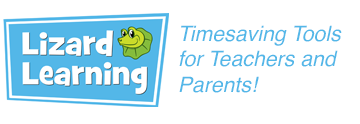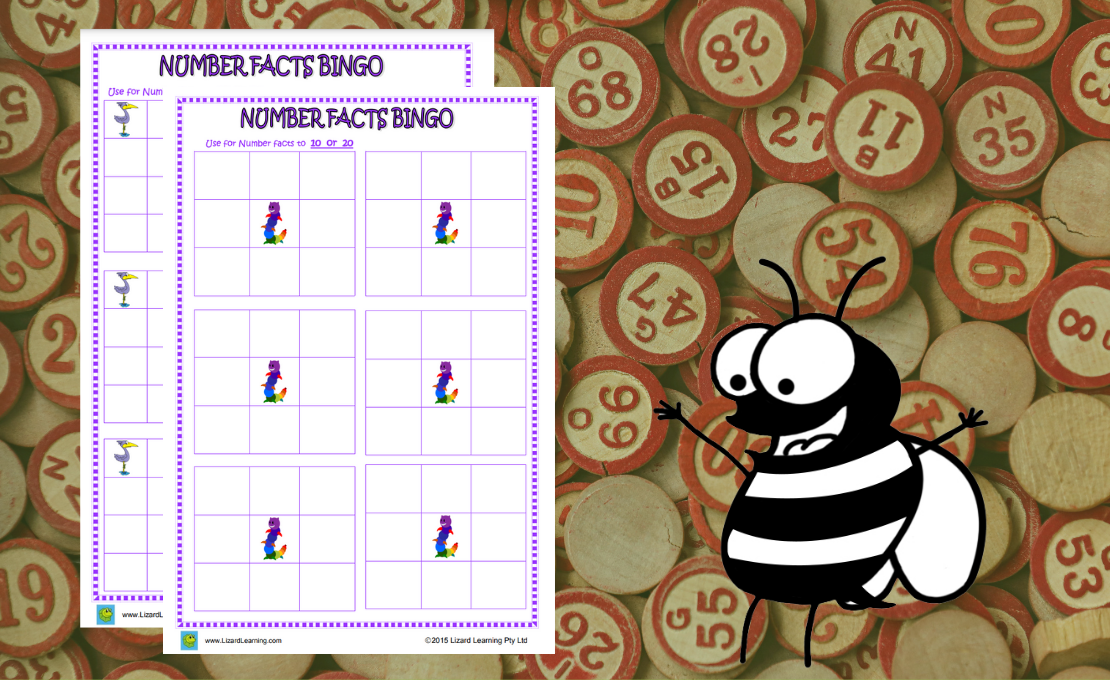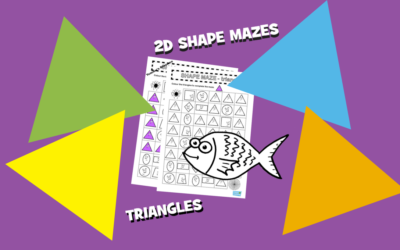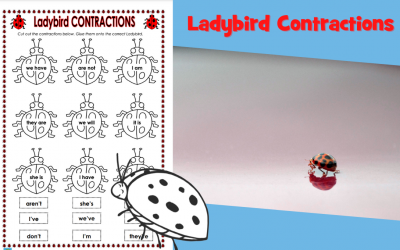What better way to engage students than with a fun game! This Number Fact Bingo resource is guaranteed to excite learners and encourage them to use and recall their number knowledge.
Are you familiar with groans and complaints the moment you mention a mental arithmetic test? Well, you aren’t alone. So, to help you out and to put smiles back on your students’ faces, we have put together a fun Number Facts Bingo resource. You can disguise the dreaded mental maths activities within this fun game. Students will still be practising mental arithmetic skills, but they’ll just be having too much fun to realise it.
The Number Facts Bingo resource consists of a selection of blank bingo cards which either the teacher or student can fill out. Each page of bingo cards clearly states the range of numbers to use on each board. The resource pack also contains an example sheet full of number fact questions that you could use for the game. And it contains blank recording sheets for you to create and record your own number fact questions/answers.
If you want to use the bingo cards again, then we recommend you pop them through the laminator. This will preserve them for years to come and will mean you won’t waste paper each time you play.
How to play Number Facts Bingo
- Hand each student a blank bingo card and ask them to fill it with numbers within a specified range. For example, 0-10, 0-20 or 0-50 etc.
- As the teacher or adult leading the game, think of some number fact questions where the answers fall within the range specified earlier.
- Read the questions out to the class or group and allow them some time to work out the answer.
- If the answer is a number on their bingo card, they must cross it off or place a counter on top.
- Typically, the winner is the first person to cross out every number on the bingo card. Or you might like to give kudos for the first person to complete a line.
Fun tip: To encourage everyone to get their thinking hats on, why not up the stakes and award a prize for the winner? This could be something as simple as the privilege of lining up first or, if you’re feeling generous, 5 minutes of extra play with a chosen friend.
Extension Activities and Fun Ideas
- Challenge your students to become the bingo caller. It will be the caller’s responsibility to think of the questions. You could get the whole class involved and each student could take it in turns to call a question.
- Bingo is a versatile game and can be used to develop a wide variety of different skills. So don’t just limit yourself to Number Facts Bingo. You could play Multiplication Bingo at the start of a maths lesson or phonics bingo to help little learners get to grips with their letter sounds.





0 Comments